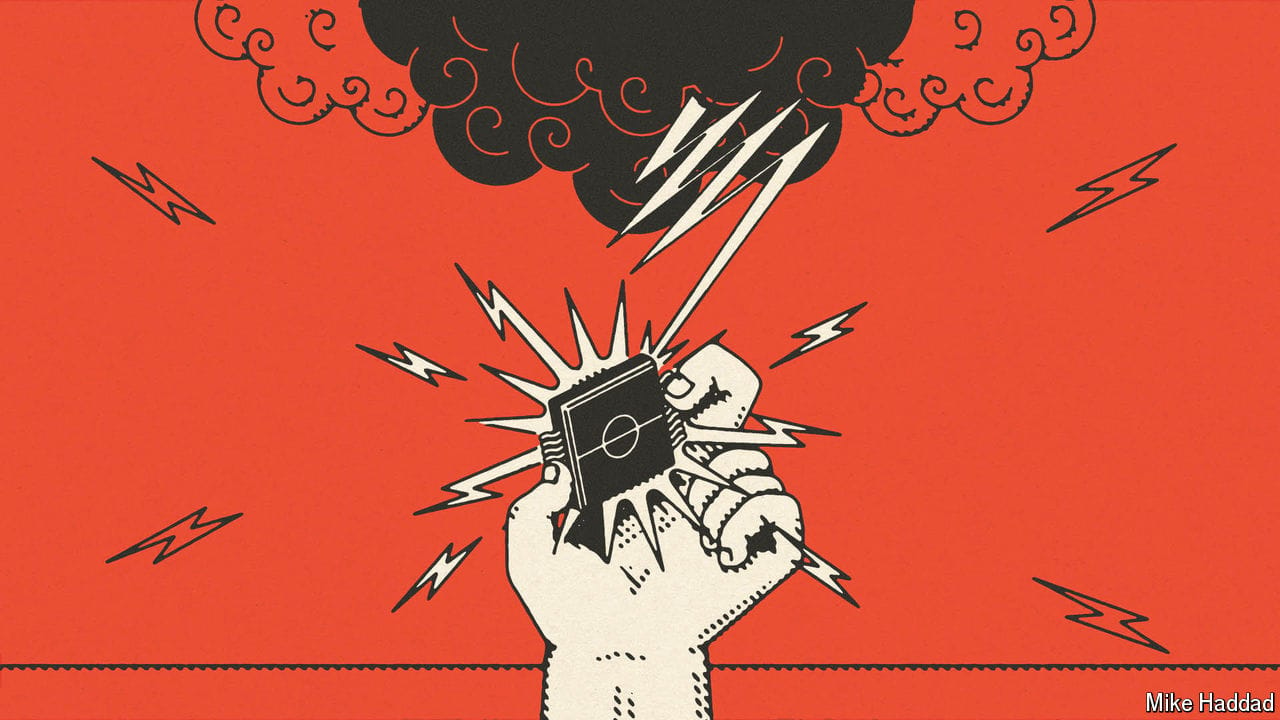The natural rate of unemployment
Policymakers have spent half a century in search of the natural rate of unemployment. The fifth in our series

WHY does unemployment exist? If there is a central question in macroeconomics, this is it. There are few bigger wastes than the loss to idleness of hours, days and years by people who would rather be working. Unemployment can ruin lives, sink budgets and topple governments. Yet policymakers do not wage all-out war on joblessness. Most, like the Federal Reserve, America’s central bank, target what is known as unemployment’s “natural” rate, at which inflation is stable.
The importance of this concept is hard to overstate. The Fed’s argument for its recent interest-rate rises, for example, hinges on stopping unemployment from falling too far beneath the natural rate. Yet the natural rate is in many respects an article of faith, always sought but never seen. Where does it come from?
This article appeared in the Schools brief section of the print edition under the headline “Central bankers’ holy grail”
More from Schools brief

The race is on to control the global supply chain for AI chips
The focus is no longer just on faster chips, but on more chips clustered together

AI firms will soon exhaust most of the internet’s data
Can they create more?

A short history of AI
In the first of six weekly briefs, we ask how AI overcame decades of underdelivering
Finding living planets
Life evolves on planets. And planets with life evolve
On the origin of “species”
The term, though widely used, is hard to define
Making your way in the world
An individual’s life story is a dance to the music of time
